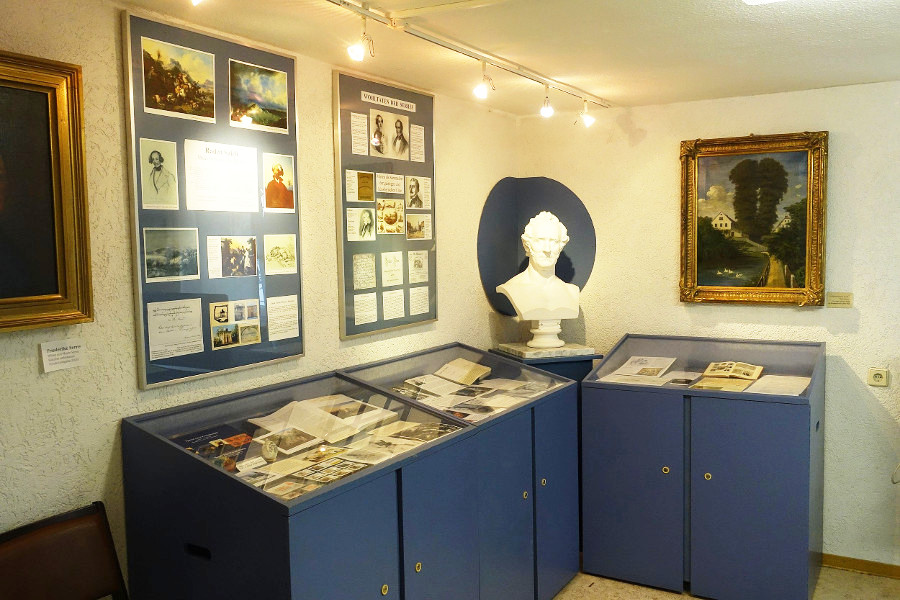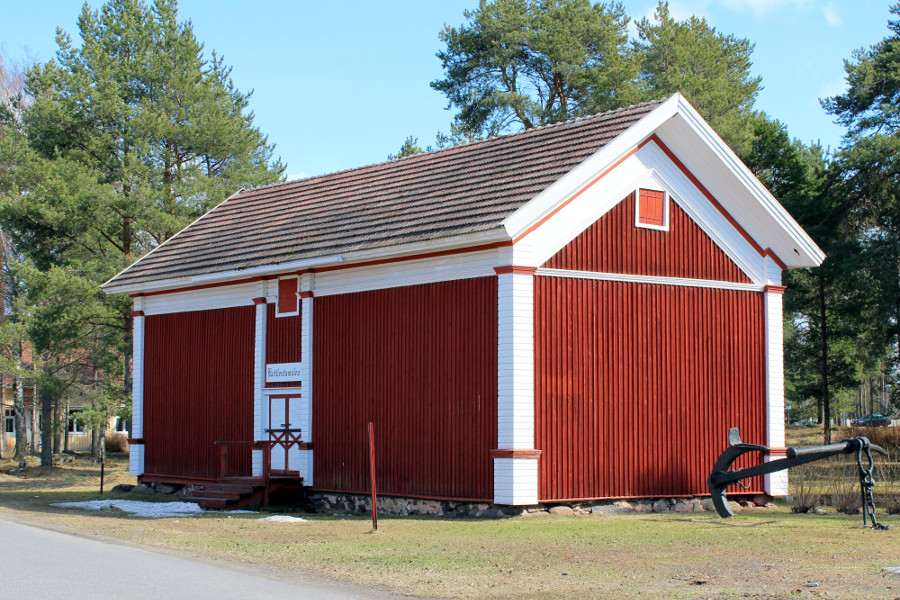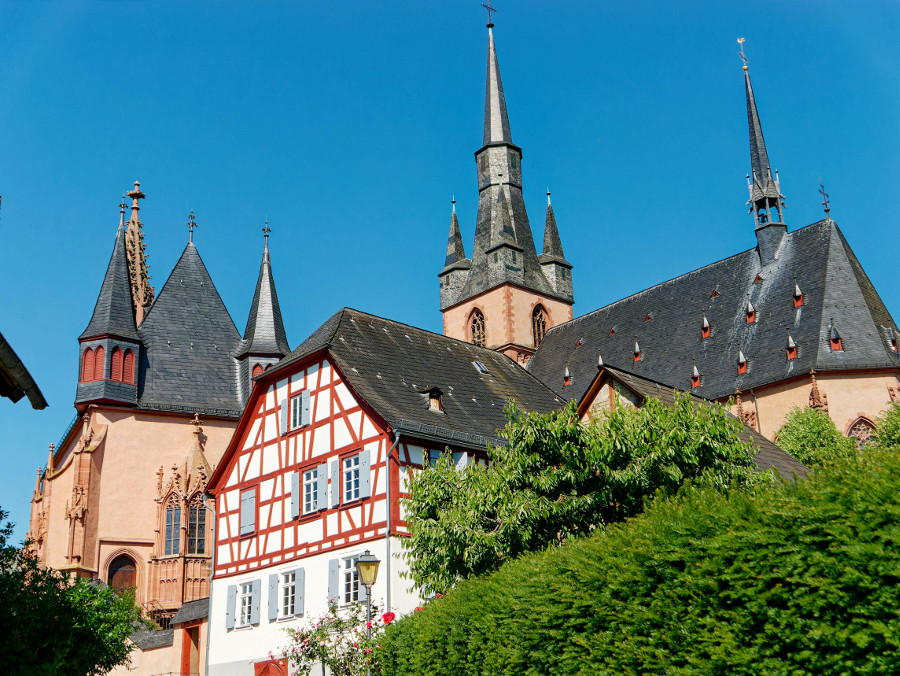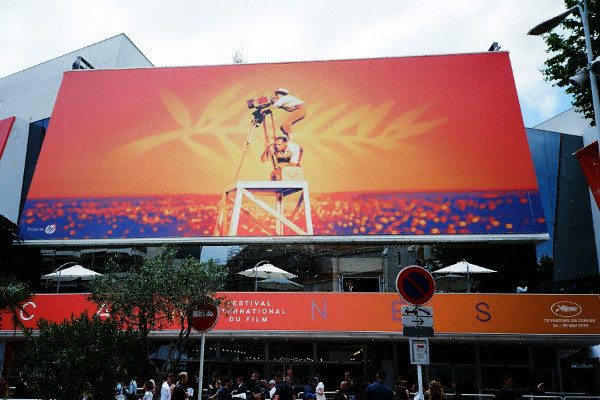Walking Through Time: How Our Local Museum Brings History to Life
There’s something uniquely grounding about stepping into a local museum - something that connects us to the past, as if we’re walking through time itself. Museums are more than just places with dusty artifacts. They hold the stories of the people who lived before us, the struggles, the triumphs, and the little everyday moments that came together to shape the world we live in today. In our fast-paced, digital world, these historical sanctuaries give us a chance to pause, reflect, and reconnect with the essence of what it means to be part of a community.

Much like how nature allows us to find balance and clarity, museums invite us to step back in time and experience the lives of those who walked the same streets, touched the same objects, and lived the same history. If you’ve never taken the time to truly explore the museum in your town, now might be the perfect moment to do so. What can you learn about the place you call home that you never knew before?
The Museum’s Role in Preserving History
A local museum isn’t just a collection of old objects - it’s a dynamic record of who we are, where we’ve been, and where we’re headed. Think of it as a time capsule, preserving the stories of generations past for those of us in the present to learn from and appreciate. While larger, national museums focus on broad historical movements, local museums offer a much more intimate and personal view of history. They serve as a reminder that history isn’t just something that happens to other people, in other places - it’s something that happens right where we live.
This connection to local history is vital, especially in today’s world where the pace of life is often so fast that it’s easy to forget the roots we come from. The museum offers us a chance to slow down, immerse ourselves in the stories of past generations, and better understand how the fabric of our community was woven together.
Key Exhibits: Bringing History to Life
Walking through the museum feels like opening a book that’s written in objects, images, and artifacts. Each exhibit tells a story, giving visitors a chance to peek into the lives of those who came before them. But what really brings history to life is how these exhibits capture moments - big and small - that defined our community.
Founding Stories
Start with the founding exhibit, which presents a fascinating glimpse into the early days of the city. Old maps, handwritten letters, and photographs capture the first steps of the city’s pioneers. These items are more than just relics - they’re windows into the lives of people who once struggled and dreamed on the very land we now inhabit. Imagine the weight of their decisions, the hardships they faced, and the joy of watching their community slowly take shape. It’s a reminder of how something as simple as a letter can preserve an entire way of life.
The Immigrant Experience
Another exhibit worth noting is the Immigration Gallery, which tells the story of the diverse communities that helped shape the city. Items passed down through generations - tools, clothing, photographs - tell the story of early immigrants who arrived with nothing but hope and a desire for a better life. These artifacts humanize history in a way that textbooks often fail to do. Visitors can touch a faded leather suitcase or admire a handwoven blanket from a distant land, realizing how cultural exchanges have shaped the community's identity.

Industrial Growth
The city’s rise through industrialization is another key chapter in its history, highlighted through displays of tools and machinery used in the early factories. Here, the museum showcases not just the economic growth but the labor, the sweat, and the determination that made it all possible. These exhibits allow us to understand how everyday items we take for granted were made with tools and hands long gone, adding an element of respect and nostalgia to our view of progress.
A Deeper Look at Local Themes
Museums offer much more than just a walk through artifacts - they present the themes that defined an era. From the Founding and Growth of the city to its evolving Cultural Landscape, each theme unveils a different layer of history.
The Roots of the City
The Founding and Growth of the city exhibit delves into the origins of the area, from the land’s first inhabitants to its first settlers. This section of the museum often highlights the agriculture and trade that laid the foundation for the city’s economy, offering insight into the daily lives of its early residents. It’s here that visitors can see how the most mundane items - like a plow or a basket - were once critical to survival and growth.
The City's Cultural Fabric
But history isn’t just about buildings or businesses - it’s about people. Our city’s Cultural Fabric tells the story of the many waves of immigrants who contributed to the food, art, and customs that still define the city today. From food festivals to neighborhood celebrations, the museum captures the diversity that defines this place. The exhibits show how traditions from various parts of the world became intertwined, influencing everything from architecture to language, leaving an indelible mark on the city’s modern identity.
Social Movements and Change
The museum also doesn’t shy away from the struggles that have defined the city’s progress. It thoughtfully explores the Social Movements that shaped local policy, such as labor rights, civil rights, and environmental activism. These exhibits may showcase protest signs, newspaper clippings, and even personal accounts from those who fought for change. The presence of such exhibits reminds us that history isn’t just about the people who succeeded, but also the countless others who fought for what they believed in.

A Personal Connection to the Past
What makes our local museum so compelling is its ability to make the past feel personal. The objects and exhibits come alive when you realize that they are not just stories - they’re the stories of people who were once just like us. The museum doesn't just talk about "history," it invites you into the lives of those who made it. Whether it's through a family heirloom, a piece of music, or an old letter, the exhibits create a bridge between past and present.
Living Stories
Local stories, captured through oral histories and interviews, allow visitors to hear directly from the community members who lived through significant moments. These firsthand accounts provide a deeply human perspective on events that might otherwise feel distant. You might hear from someone who remembers the city’s transformation during the 1960s or a resident who can recount how the community banded together during a time of crisis. These voices give a human face to the historical facts, making the past not just a series of events but a collection of lived experiences.
Engaging with the Past
The museum doesn't just present information - it engages visitors in the experience. Special events like historical walking tours allow people to physically connect with the city’s history, stepping into neighborhoods that hold deep historical significance. Workshops, re-enactments, and storytelling sessions help bring these stories to life in a way that’s engaging and interactive. It's this experiential quality that makes the museum more than just a place to visit - it’s a place to connect.
The Museum’s Role in Today’s Community
So, why does all of this matter? Why should we care about history when we’re living in the here and now? Because history isn’t just something that happened "back then." It’s something that continues to shape our present and future. The museum plays a key role in today’s community by fostering pride in local heritage and creating opportunities for education, connection, and growth.
A Hub for Education
For children and students, the museum is an invaluable resource in learning about the city’s history in an engaging, hands-on way. School field trips and programs offer lessons in local history that textbooks can’t replicate. This education fosters a sense of pride and understanding that can be carried through to adulthood.
A Cultural Anchor
The museum also acts as a cultural anchor, helping locals and visitors alike appreciate the city's rich past while creating an open space for dialogue about the future. It’s a place where the community can gather, reflect, and celebrate what has come before, all while planning for what’s next.
Conclusion
Visiting a local museum is about more than just learning facts - it’s about stepping into a time machine, understanding where we come from, and seeing the threads of history that connect us to the past. Museums are where history and humanity converge, inviting us to not only look back but to reflect on how the past has shaped who we are today. Next time you visit, take a moment to appreciate the personal connection between the objects and the stories they hold - because, in the end, history is not just about what happened, but about who we are becoming.



